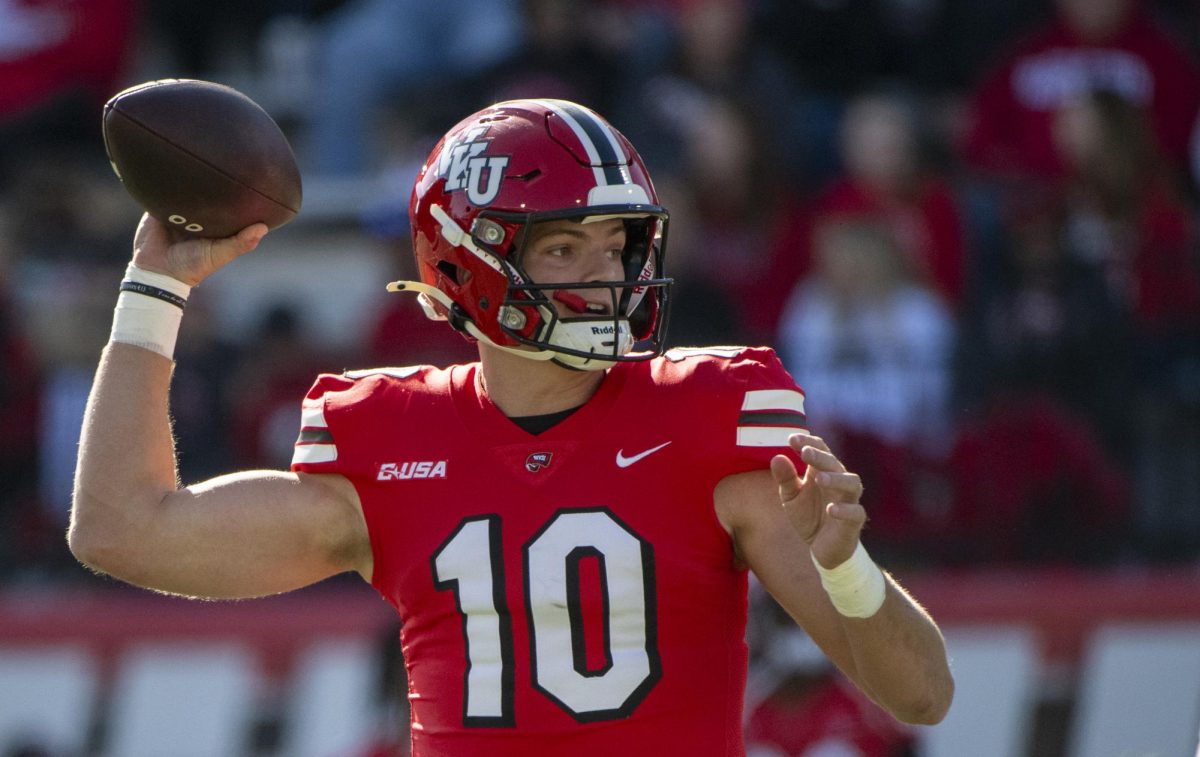OPINION: Inclusivity: A cornerstone of the Bowling Green community
September 11, 2017
COMMENTARY
Without a doubt, there are some statements that are axiomatic: they can be left unsaid and still be understood. However, this particular issue must be stated. Each person, not just on a political level but also on an individual level, needs to be included and understood as complex, functioning human being. This mindset is behind many minority movements who look for others to gain an understanding of their needs that are being neglected.
The human race collectively and continuously has exhibited ethnic conflict.
When looking at this phenomenon from the national standpoint, it’s hard to dismiss the prevalence of ill-handled ethnic issues that arise naturally. The “salad bowl” dynamic that America portrays implies all cultures existent within the states, although integrated, have yet to fully assimilate and are still their own unique cultures. Therefore, the existence of culturally inclusive environments in diverse communities is crucial, not just for the individuals who are being aided and acknowledged, but also for the well-being of the city.
Each group has different needs that should be acknowledged and those who govern the groups have the responsibility of following through with them, as does the community. Despite the lack of inclusive-based practices being valued on the national scale, the city and community of Bowling Green has done its best to provide culturally inclusive environments. According to the State Department, 3,987 refugees have been resettled in Bowling Green since Oct. 1, 2001. In addition, the U.S. Census of 2011-2015 approximated Bowling Green’s foreign born population to be at 13.9 percent. This percentage of foreign-born residents is higher than that of Louisville’s and Lexington’s, both more populous than Bowling Green.
Home to the International Center of Kentucky, Bowling Green has recently opened a new public school with the future of its refugee and immigrant population solely in mind. The emergence of this school is covered in an article by Meredith Kolodner in The Washington Post. This school, locally known as GIHS, or Geo International High School, is affiliated with the Internationals Network for Public Schools in New York. According to Kolodner, the schools in this network often have “more success than traditional schools” at boosting the graduation rates as well as the emotional and social well-being of immigrant students.
Having the potential to exhibit much of the division between differing ethnic groups that has been showcased recently on a national scale, Bowling Green takes strides to be inclusive of the minority groups within its community. The benefits of valuing inclusivity are apparent through all outlets of life. Our community makes cultural inclusivity a cornerstone, rather than an empty political promise.












